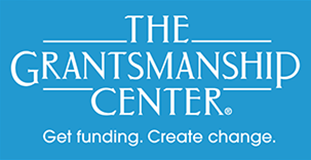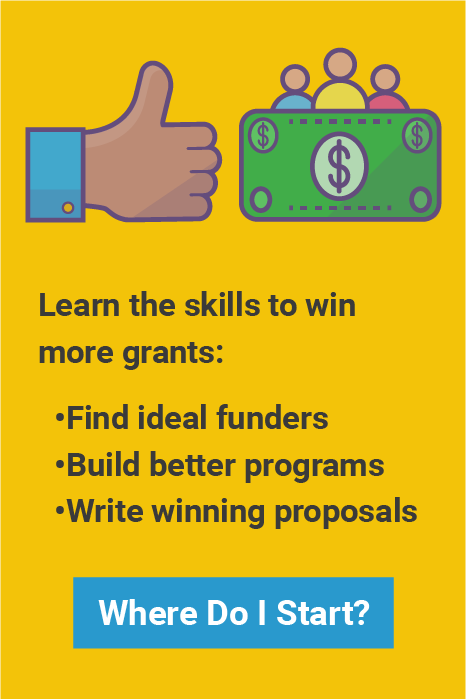
The good news—a foundation wants to look closely at your nonprofit organization because there’s the possibility of a major grant. You’ve heard that a site visit is planned, a review of your board’s participation is in the works and a thorough financial examination is part of the process.
Is it good news? Or does your nonprofit have some gaps in policies, procedures and practices that might cause a funder to have second thoughts? What is it that funders want to know when they look closer at your organization?
There’s lots of agreement on the first thing under the microscope: what is the impact of your work? If you’ve been "providing services,” how have those services changed people, improved lives, made things better? If you’ve based your work on moving the needle on a community need or situation, has the needle moved? Are things better and can you link your activities to those improvements?
Nonprofits should look for ways to demonstrate their impact—based on data you gather, community feedback, alignment with your mission, whether and how you spent your money effectively, in the ways you intended. The point is to point to what you’ve accomplished and how you know you’re done it.
Funders want to know about active, participatory governance. This means that if your board is truly doing its work, there will be evidence of it—deliberations at meetings, decisions that strengthen the organization, a visible partnership with senior staff. If your board is asleep at the switch, a wake-up call is in order.”
Funders want to know about your financial management. Do your budgets accurately reflect your program and practice? Have you conducted an independent audit recently (or ever)? What are your plans and provisions for the years ahead, assuming you plan to be in business for the long haul?
Finally, funders want to know that you know you work in a community, that there is a context to your work, that there are others probably addressing the same issue and that you might even collaborate with them. See about the ways you can demonstrate your willingness to partner with others, learn from them, share what you know with them. Funders ask this because they want to get maximum value from their grants and one of the ways to do it is to fund collective effort.
Good luck with the funder’s scrutiny and here’s to a rousing “thumbs up” when they come calling.
Thomas Boyd is Chief Editorial Consultant for The Grantsmanship Center
and an independent consultant to nonprofit organizations.



